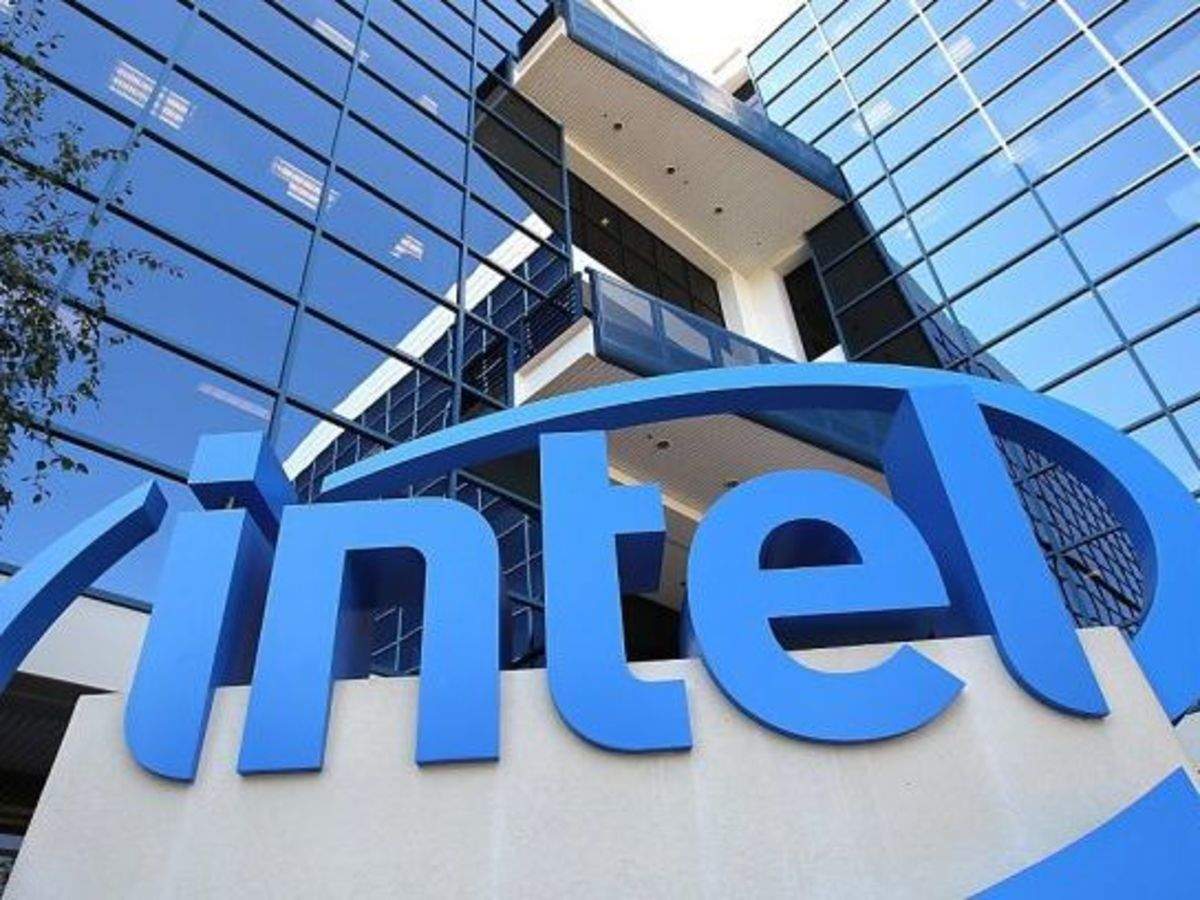
Intel has consented to a $9 billion deal to offer a large portion of its memory business to South Korea’s SK Hynix as it pushes toward more assorted technologies while shedding a significant Chinese production line during a period of extending exchange issue among Washington and Beijing.
Intel said it will keep its “Optane” business of further developed memory items, which investigators say are generally created in the United States.
How will it turn out for Intel and SK Hynix?
The organization signed with is called SK Hynix and is one of the largest producers, following Samsung, and suppliers of DRAM (dynamic random access memory) from South Korea. It is the world’s third-largest semiconductor company which is a notable thing in itself. This deal will not only strengthen the market hold of Intel and Hynix but will also expand the chances of innovation in both companies. The exchange, whenever finished, could supposedly make SK Hynix the world’s second-biggest supplier of NAND streak memory chips behind Samsung Electronics, another South Korean chip monster.
Terms of arrangement
As per the arrangement affirmed by the organizations on Tuesday, SK Hynix will get Intel’s NAND memory chip and business of storage, including a connected assembling site in the northeastern Chinese city of Dalian. SK Hynix said the organizations hope to get required administrative endorsements for the arrangement by late 2021.
Interest in flash memory has fortified lately because of purchasing of PCs and various servers as the Covid pandemic forced millions to adapt to work from home situations.
Intel will keep its “Optane” business of much more developed memory items, which examiners say are generally delivered in the United States.
The organization said it intends to put proceeds from the exchange into progressing long-growth needs, including innovations identified with fifth-age wireless networks and artificial intelligence.
Bob Swan, Intel’s CEO, said in a proclamation that this exchange will permit the company to additionally focus on their interests in separated innovation where they can assume a greater part in the achievement of their clients and convey alluring re-visitations of their investors.











